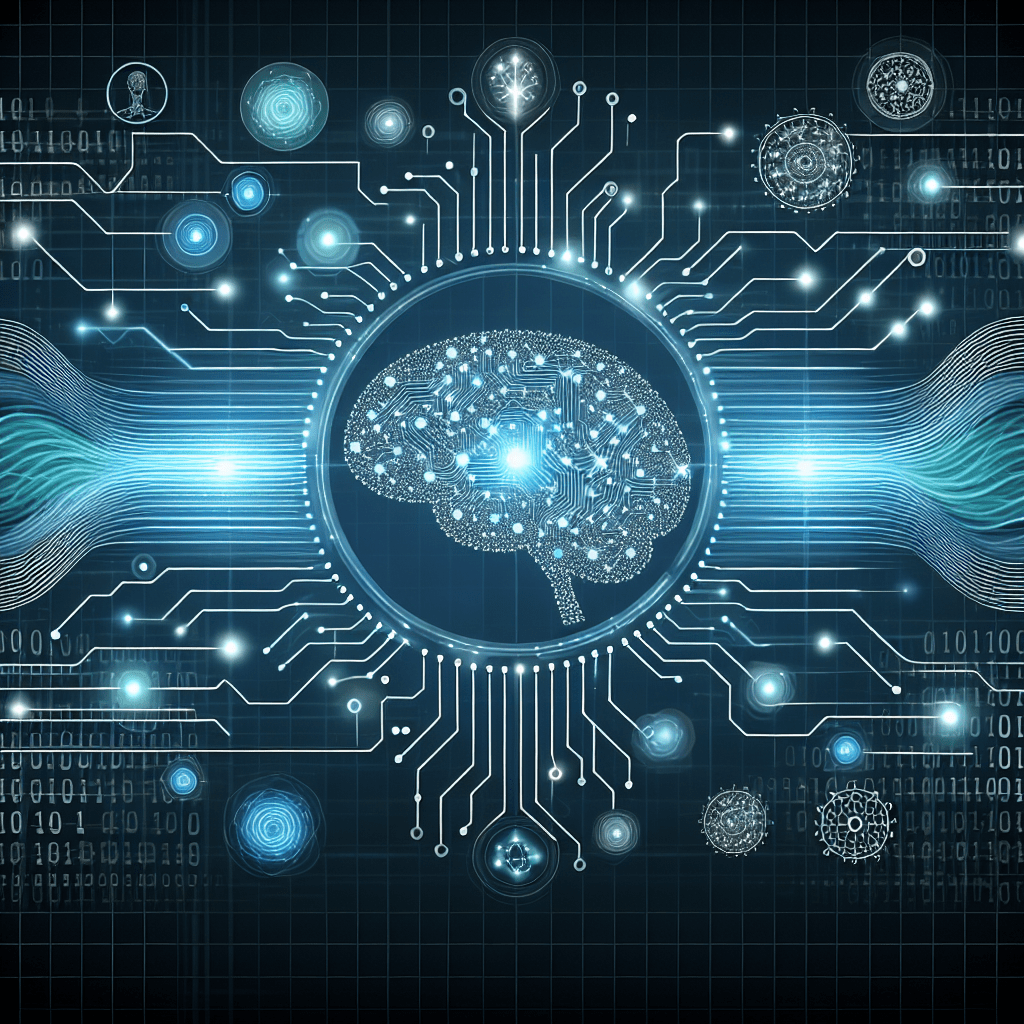Advancements in Neural Networks: The Latest Discoveries in Machine Learning Research
In recent years, the field of machine learning has seen significant advancements in neural networks. These artificial intelligence algorithms are designed to mimic the human brain’s ability to learn and adapt, making them incredibly powerful tools for a wide range of applications. From image recognition and natural language processing to self-driving cars and healthcare diagnostics, neural networks are revolutionizing the way we interact with technology.
One of the most exciting developments in neural networks is the rise of deep learning. This branch of machine learning uses large neural networks with many layers to analyze complex data sets and make predictions. Deep learning has been instrumental in the development of autonomous vehicles, personal assistants like Siri and Alexa, and advanced medical imaging systems.
Researchers are constantly pushing the boundaries of what neural networks can do. Recent advancements in machine learning research have enabled neural networks to learn from fewer examples, improve their performance over time, and even generate realistic images and videos. These breakthroughs have the potential to transform industries ranging from finance and manufacturing to entertainment and education.
One of the key challenges in neural network research is developing algorithms that can learn from limited data. Traditional machine learning models require large data sets to train effectively, but this is not always practical or feasible. Recent research has focused on developing techniques like transfer learning, meta-learning, and active learning to help neural networks learn more efficiently from smaller data sets.
Another exciting area of research is the development of neural networks that can explain their decisions. Understanding how a neural network arrives at a particular conclusion is crucial for building trust in these systems and ensuring their accountability. Recent advancements in explainable AI have made it possible to interpret the inner workings of neural networks and identify the features that drive their decisions.
Neural networks are also being used to address complex social challenges like climate change, poverty, and healthcare inequality. Researchers are exploring ways to leverage these powerful algorithms to analyze vast amounts of data and identify patterns that can inform policy decisions, prioritize interventions, and optimize resource allocation. By harnessing the potential of neural networks, we can work towards creating a more equitable and sustainable future.
As neural networks continue to evolve and improve, the possibilities for their applications are endless. From predicting stock market trends and optimizing supply chains to diagnosing diseases and enhancing creative expression, neural networks are poised to revolutionize how we live, work, and interact with the world around us. The latest discoveries in machine learning research are paving the way for a future where intelligent systems can anticipate our needs, empower us to make better decisions, and enhance our quality of life.
Conclusion
Advancements in neural networks are driving unprecedented innovation in machine learning research. From deep learning and explainable AI to transfer learning and social impact applications, researchers are exploring new frontiers in artificial intelligence that have the potential to transform industries, solve complex challenges, and enhance human capabilities. As we continue to push the boundaries of what neural networks can do, we are entering an era of unprecedented opportunity and discovery where intelligent systems can learn, adapt, and evolve in ways we never thought possible.
FAQs
What are neural networks?
Neural networks are artificial intelligence algorithms that mimic the structure and function of the human brain. These algorithms are composed of interconnected nodes, called neurons, that process information and learn from examples to make predictions and decisions.
What is deep learning?
Deep learning is a branch of machine learning that uses large neural networks with many layers to analyze complex data sets and make predictions. Deep learning has been instrumental in developing autonomous vehicles, personal assistants, medical imaging systems, and more.
How are neural networks being used in social impact applications?
Researchers are exploring ways to leverage neural networks to address complex social challenges like climate change, poverty, and healthcare inequality. By analyzing vast amounts of data, neural networks can help inform policy decisions, prioritize interventions, and optimize resource allocation to create a more equitable and sustainable future.
Quotes
“The future belongs to those who believe in the beauty of their dreams.” – Eleanor Roosevelt
#Advancements #Neural #Networks #Latest #Discoveries #Machine #Learning #Research


